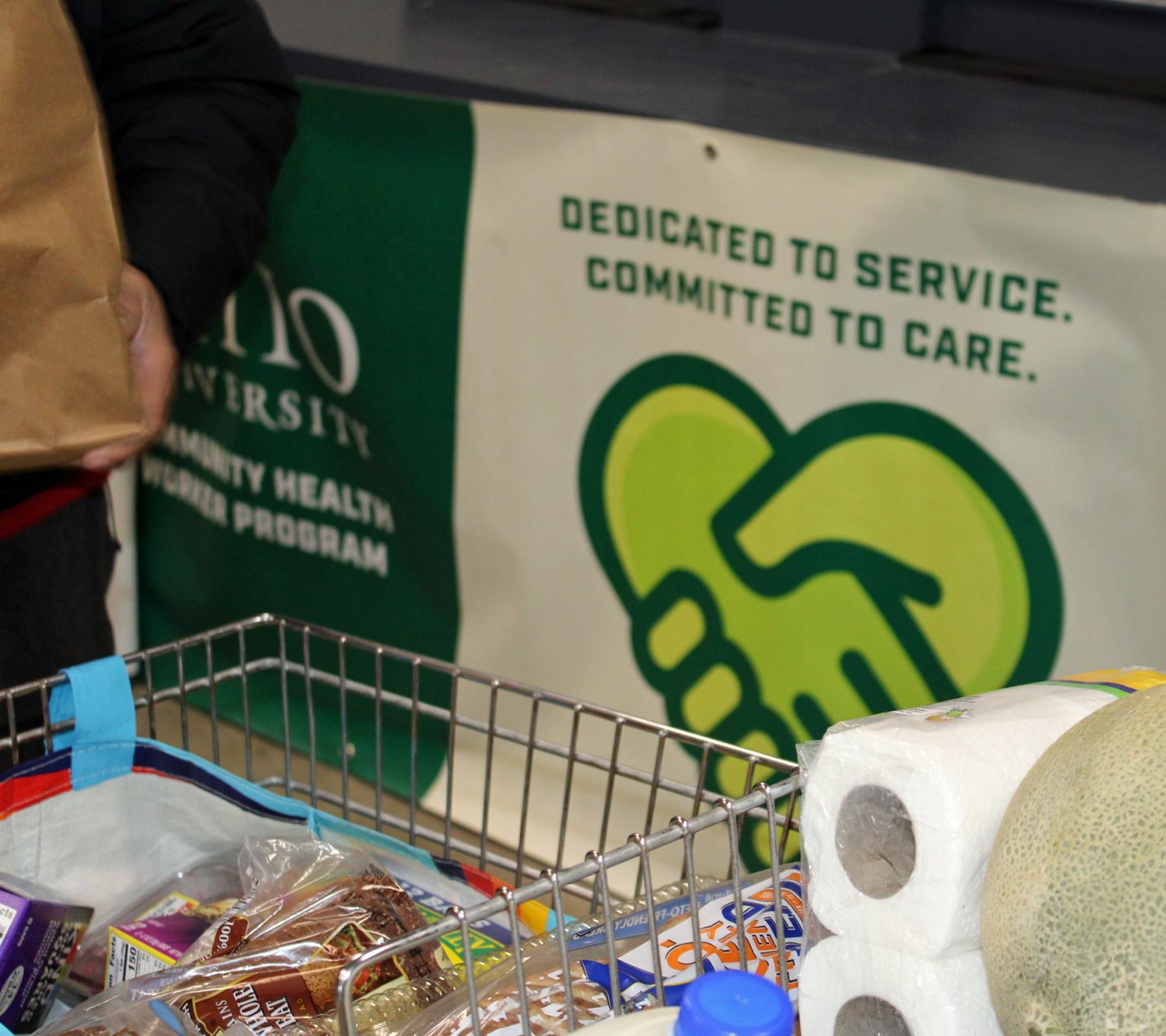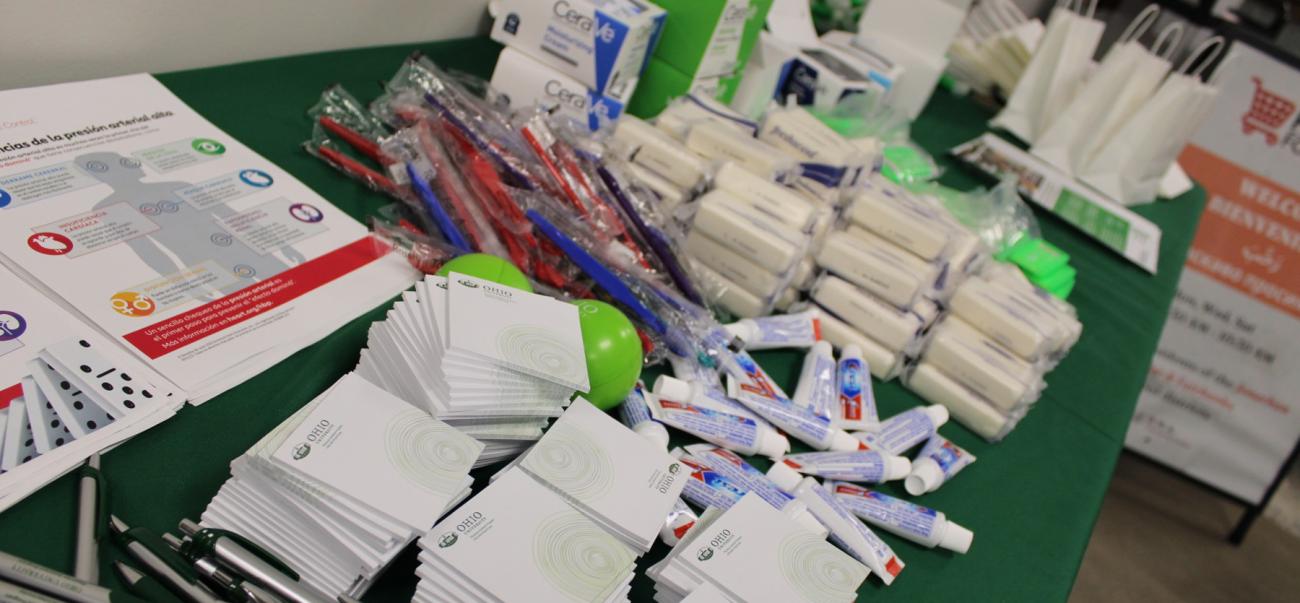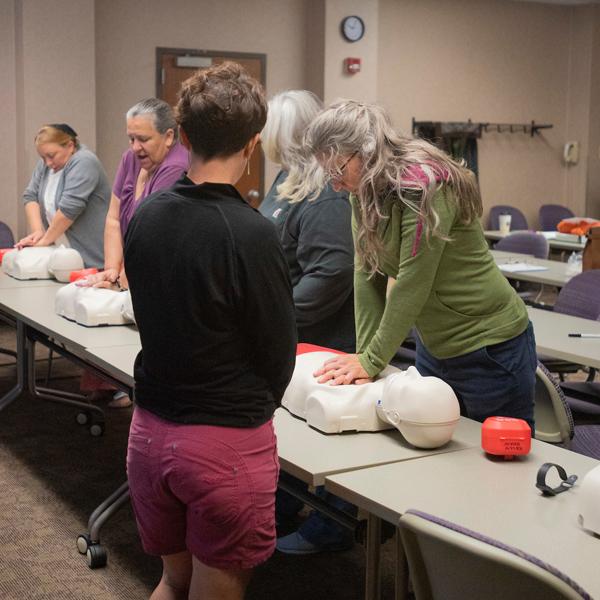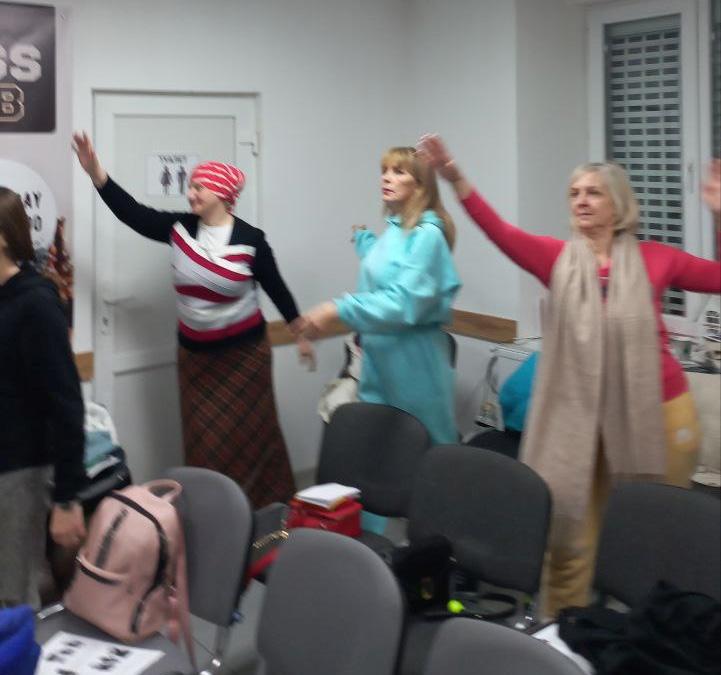Who are they?
A community health worker is a frontline public health worker who is a trusted member of and/or has an unusually close understanding of the community served. This trusting relationship enables the worker to serve as a liaison/link/intermediary between health/social services and the community to facilitate access to services and improve the quality and cultural competence of service delivery. A community health worker also builds individual and community capacity by increasing health knowledge and self-sufficiency through a range of activities such as outreach, community education, informal counseling, social support and advocacy (APHA, 2009).
What is their role?
Community health workers work under many different job titles and perform a variety of duties to address upstream factors in health care. A CHW working in a local health department may educate patients with chronic diseases about the importance of nutrition and lifestyle, monitor their vitals, and strive to reduce emergency room visits. They might also advocate for local policies to address health issues such as smoking in public areas. In a community action agency, a CHW may link clients with complex interconnected health and social risks with resources such as housing, transportation, and medical insurance. A CHW working in behavioral health may serve as a supportive listener and implement motivational interviewing skills to support behavior change, coordinate a needle exchange program, and accompany clients to the gym to practice healthy living.
How are they funded?
CHWs can be integrated within a local health department, health care systems, academic-community partnerships, community-based nonprofit organizations, and management organizations. Funding sources include grants, a Pathways Community Based Care Coordination HUB, or employment at a Managed Care Organization. HUBs bill Medicaid managed care plans and other funding partners for successfully completing Pathways. (i.e. Education, Employment, Housing, Medical Home, Pregnancy, and Tobacco Cessation.) HUBs distribute payments to the organizations that employ CHWs and keep a small administrative fee.




